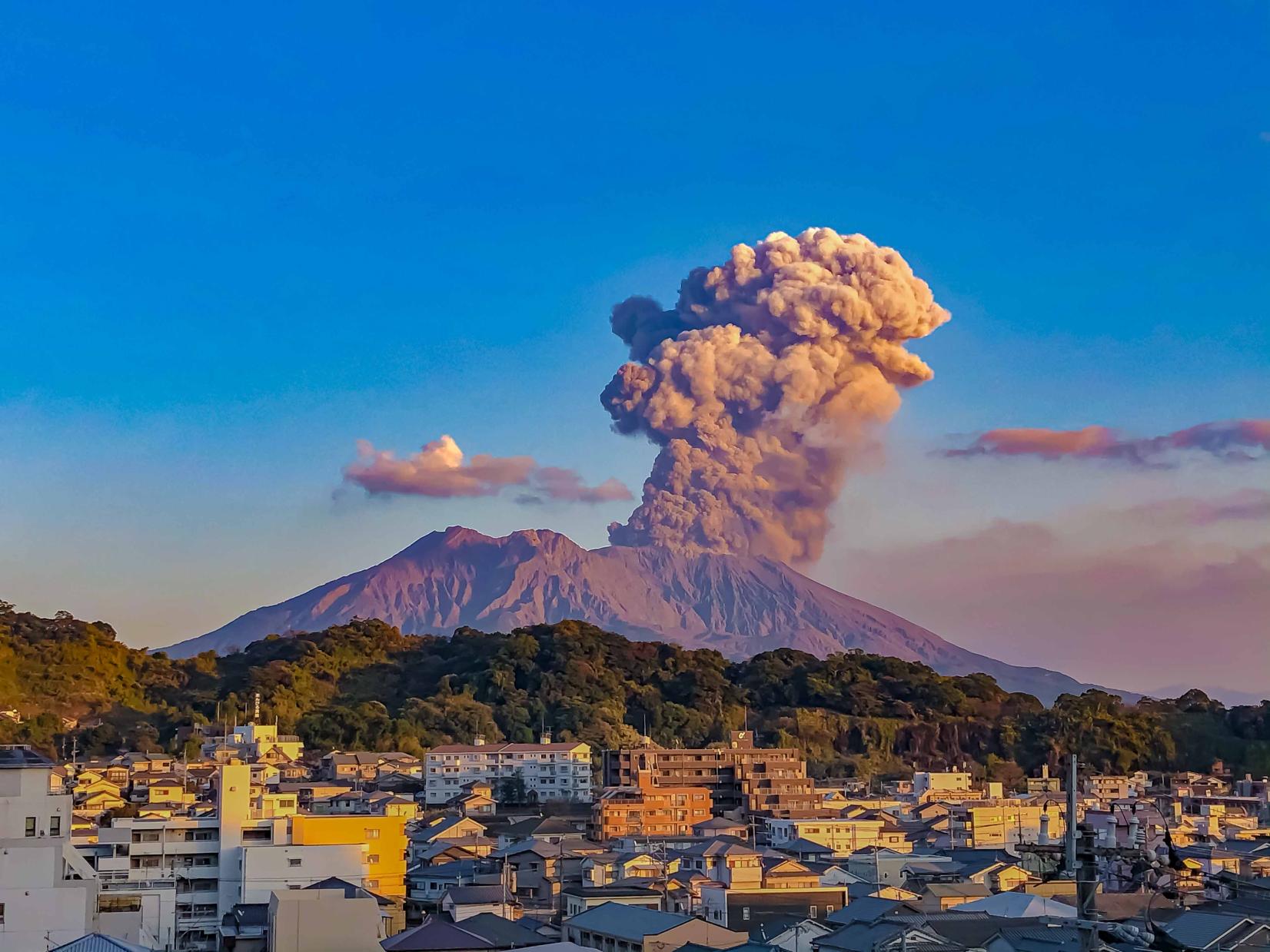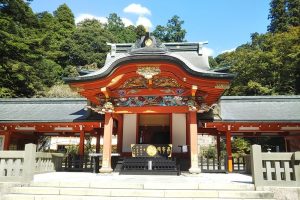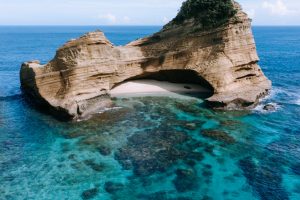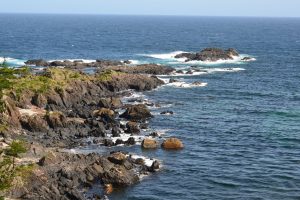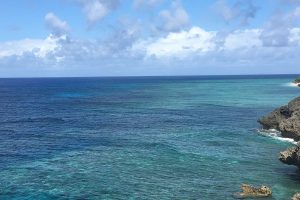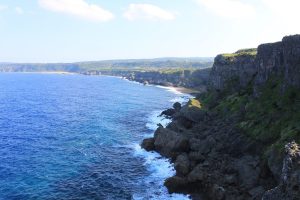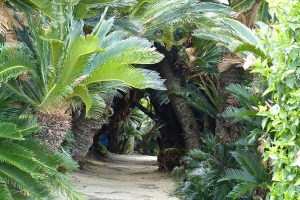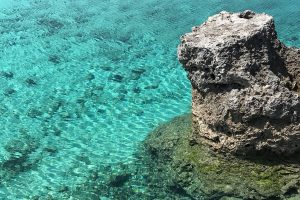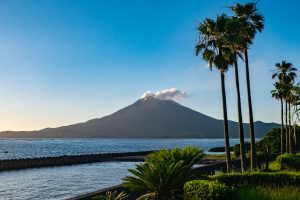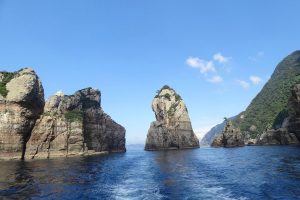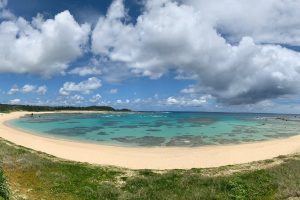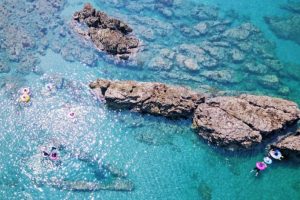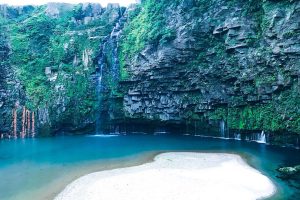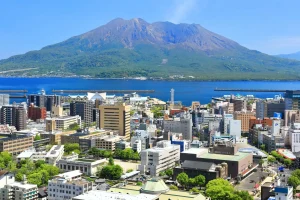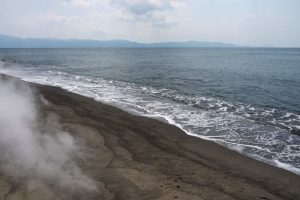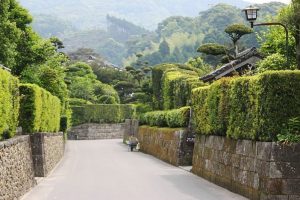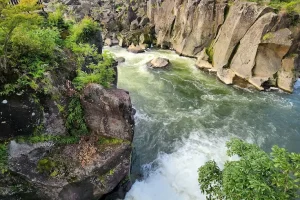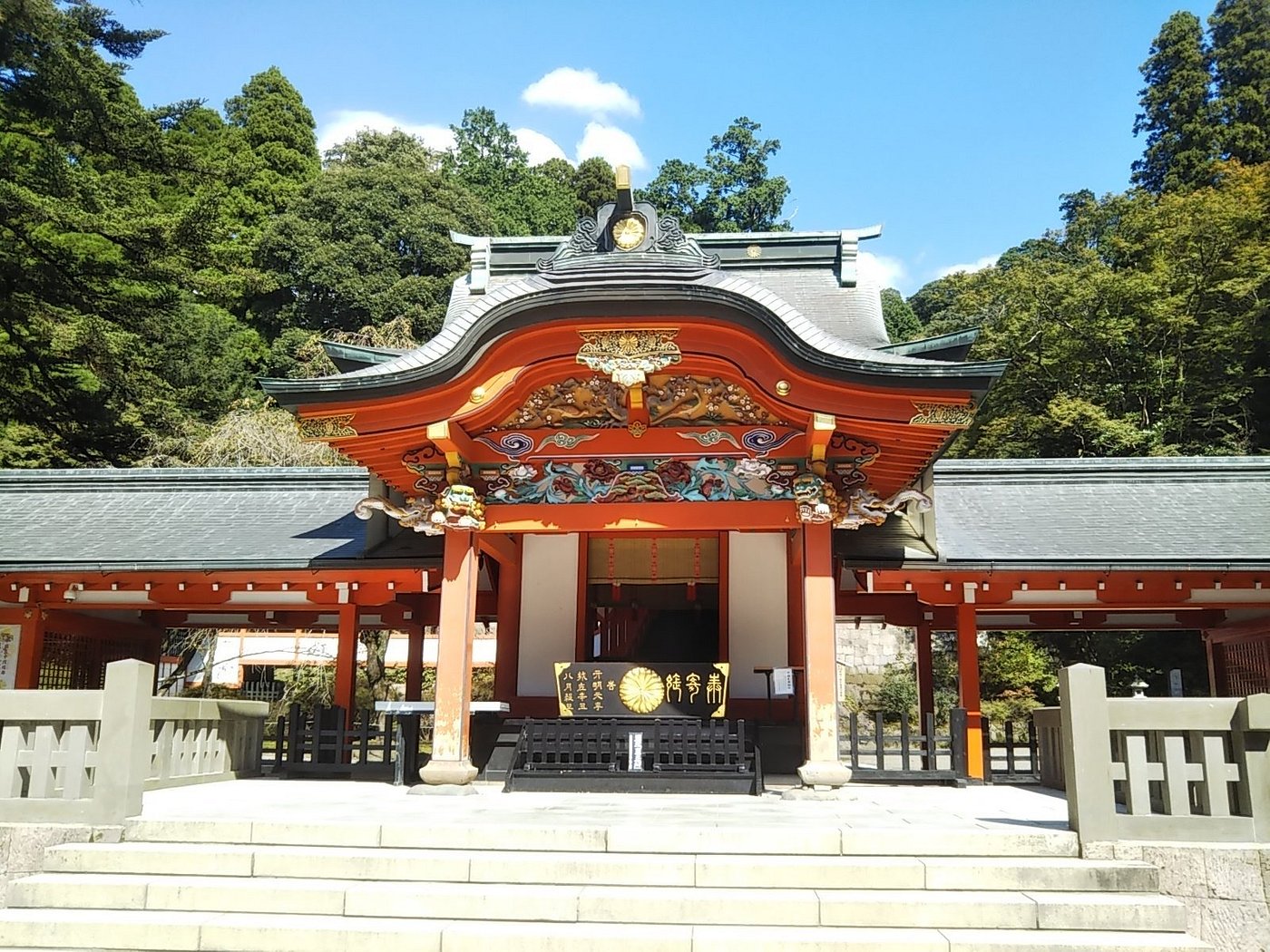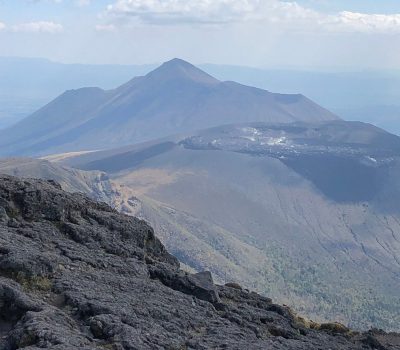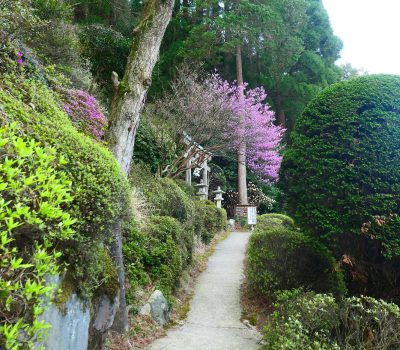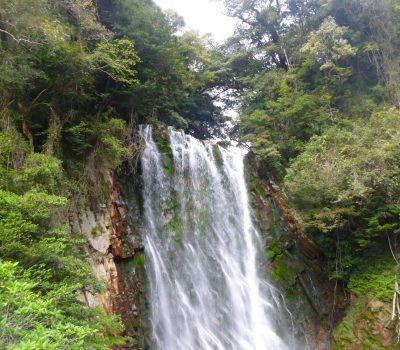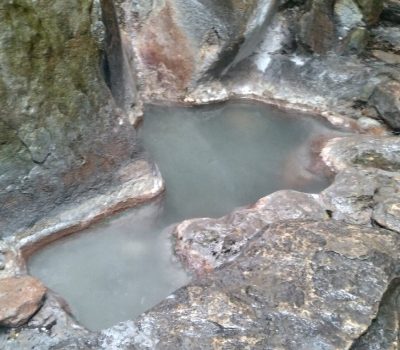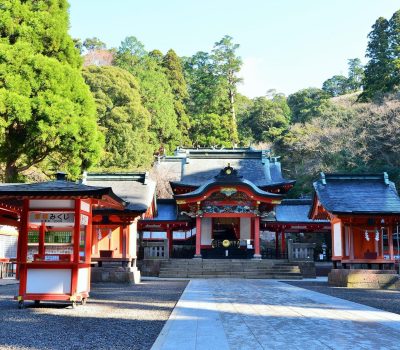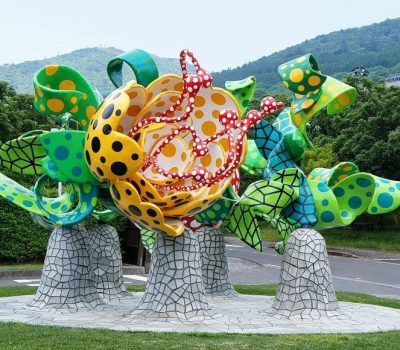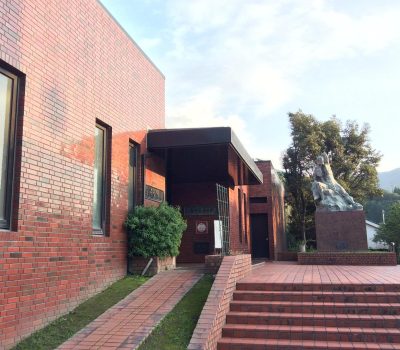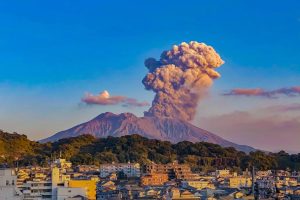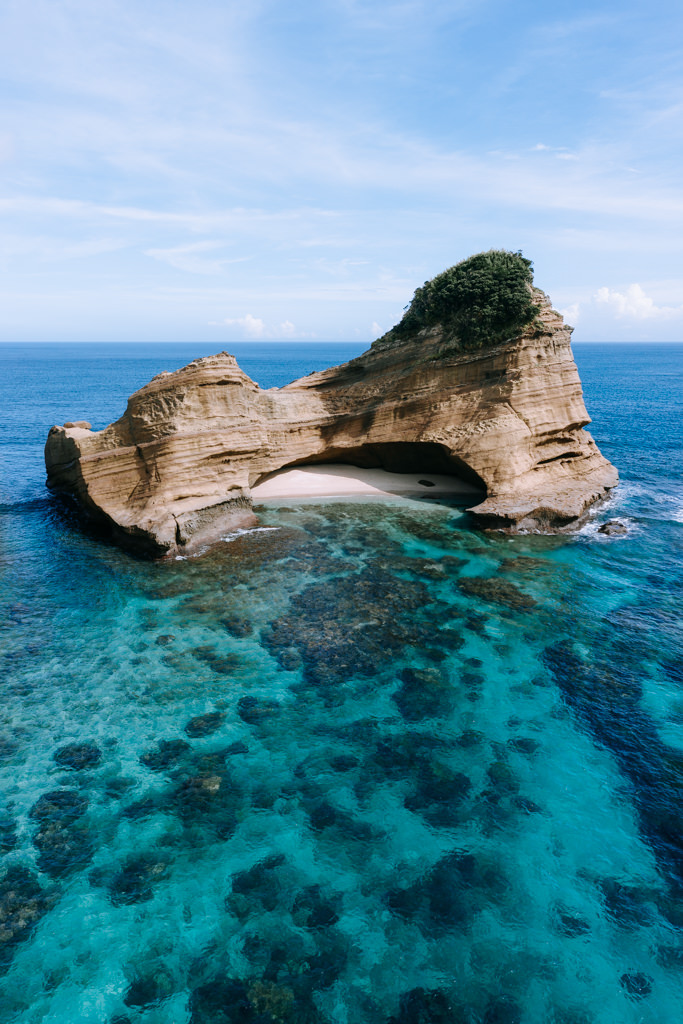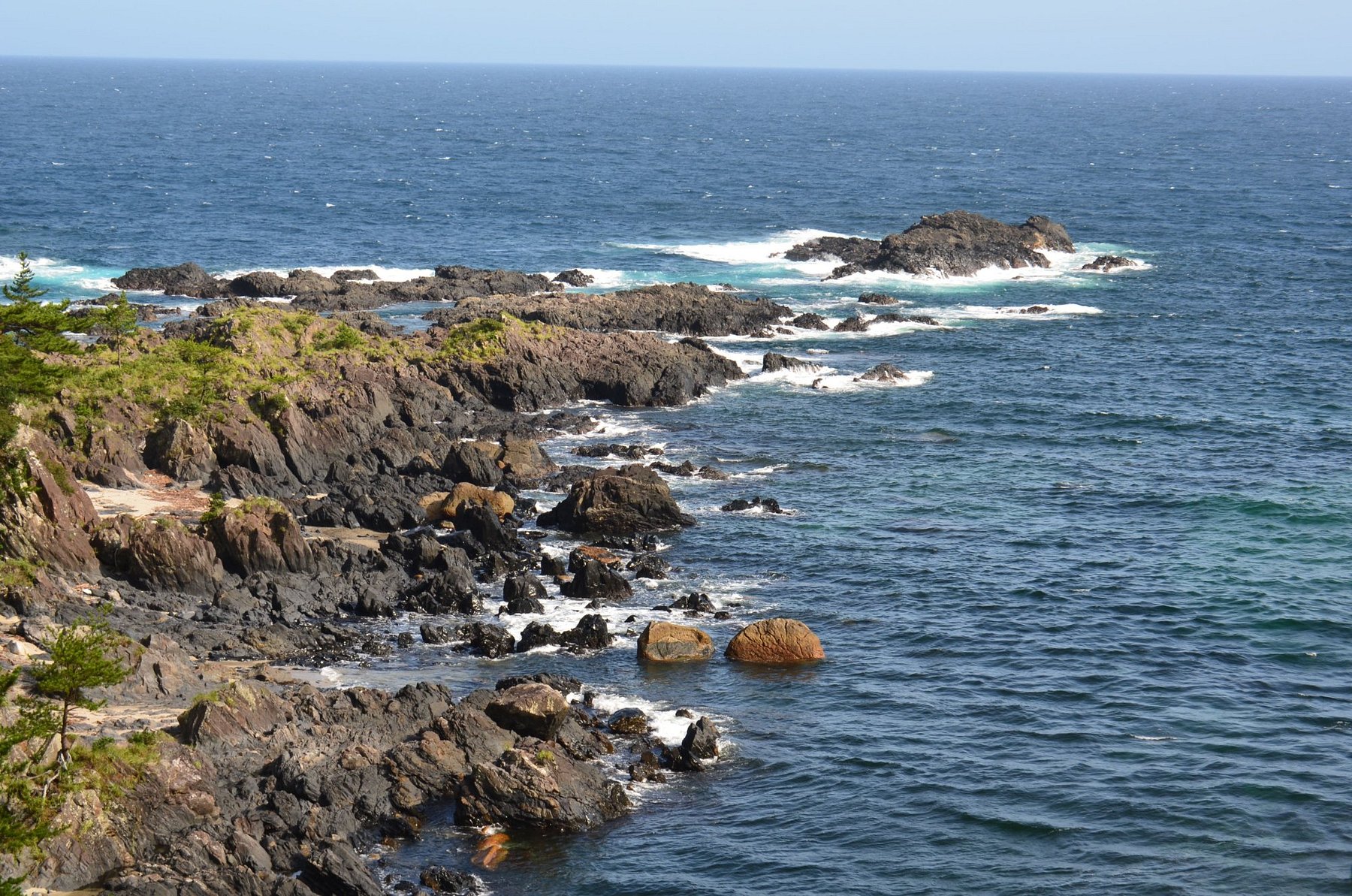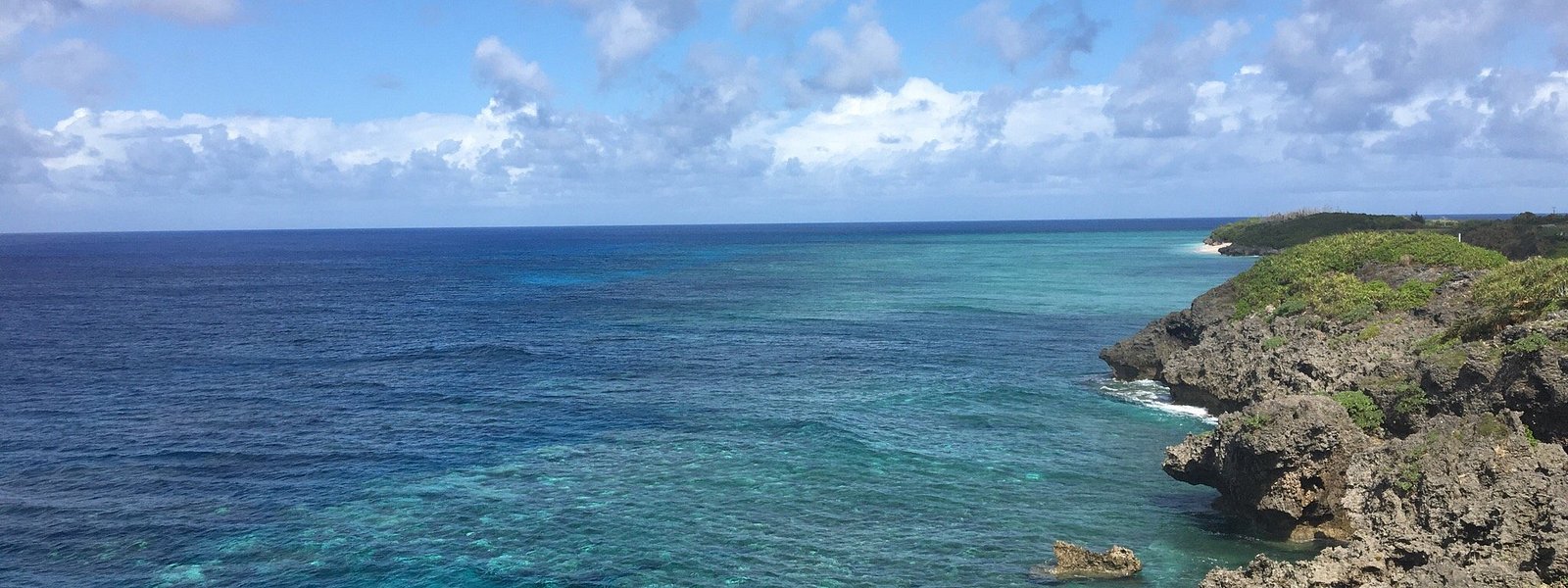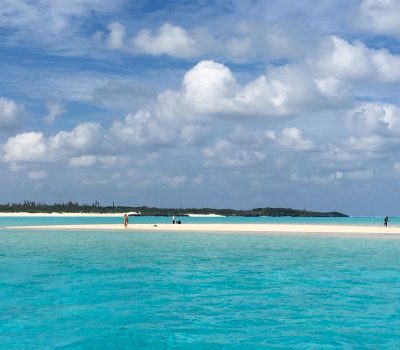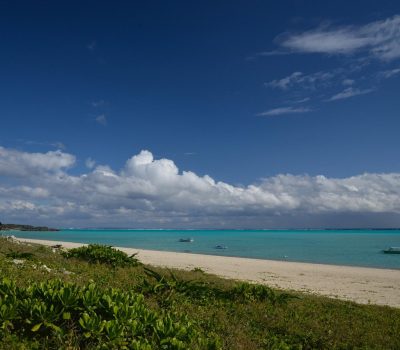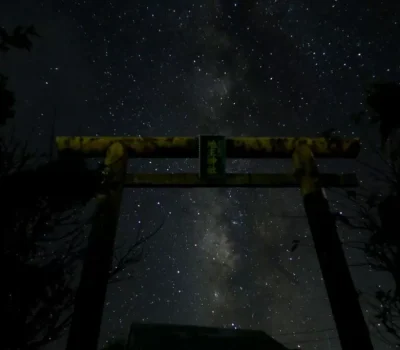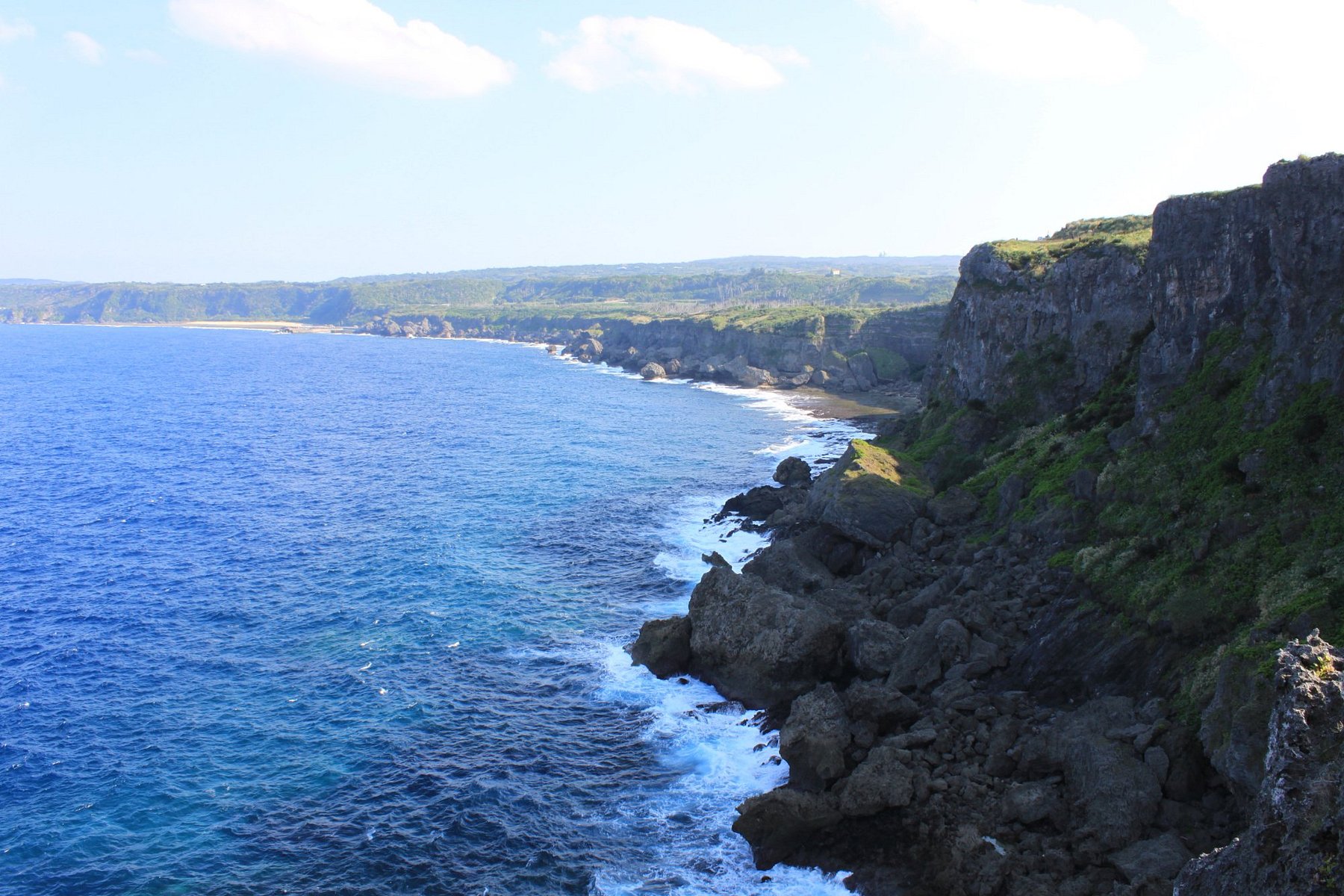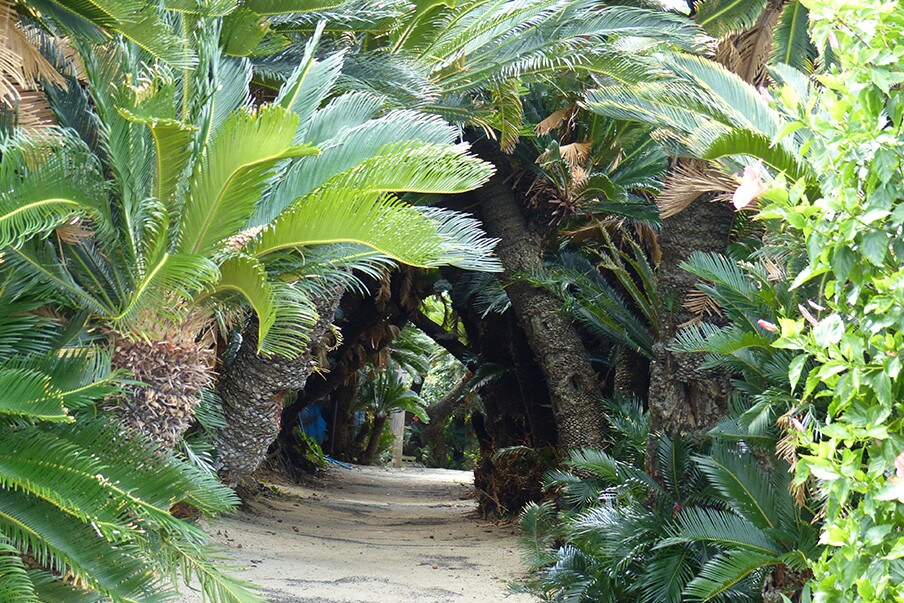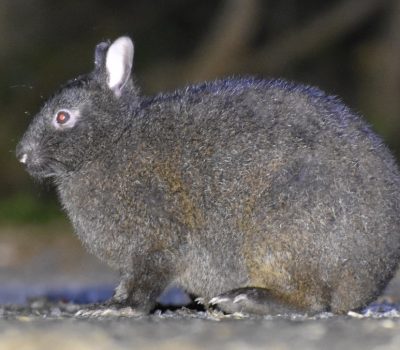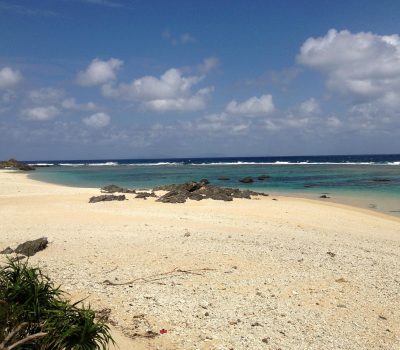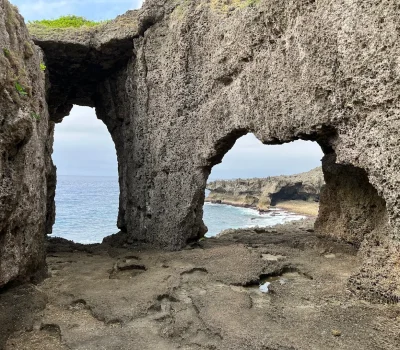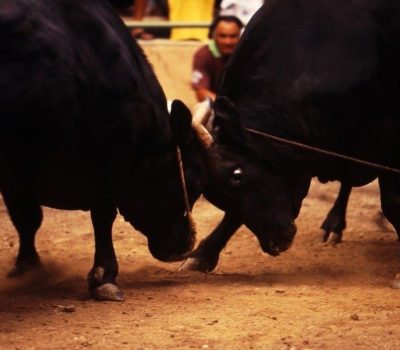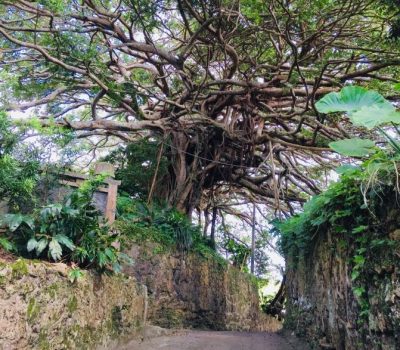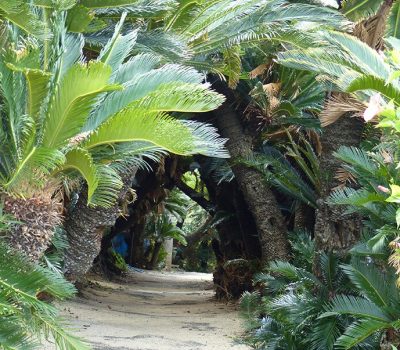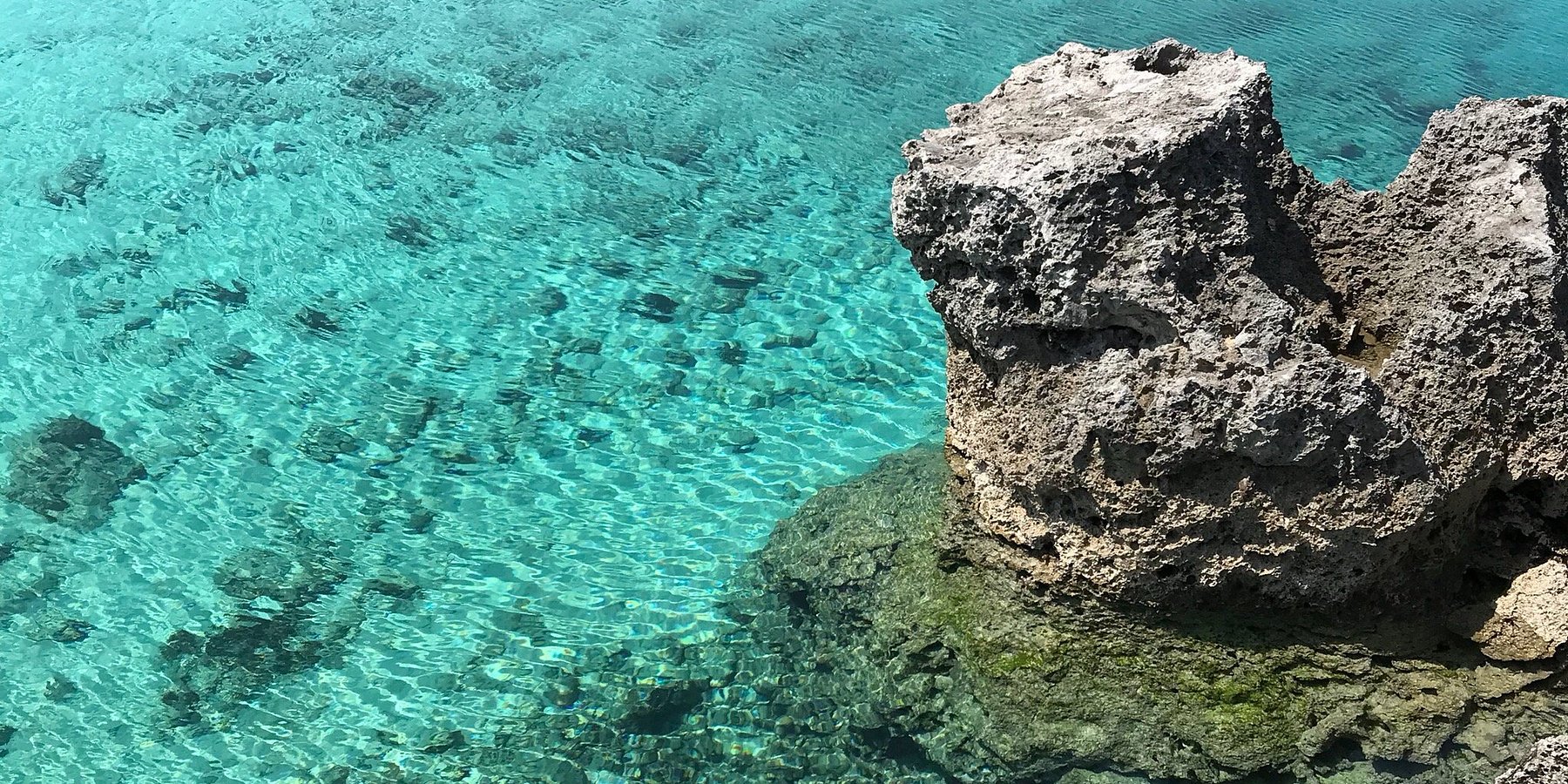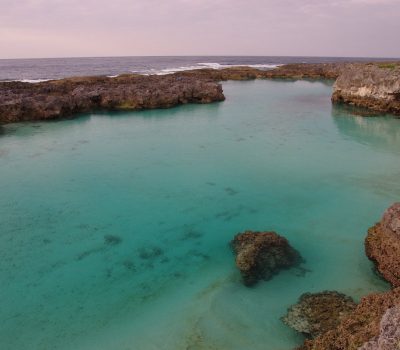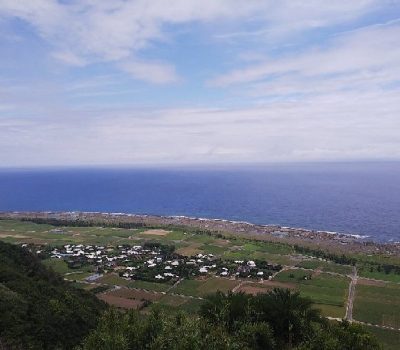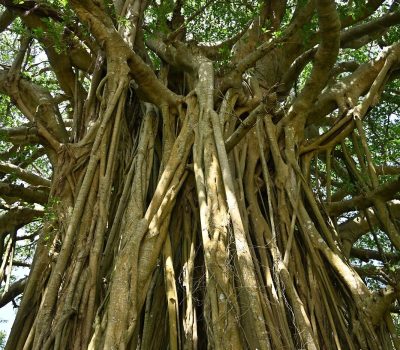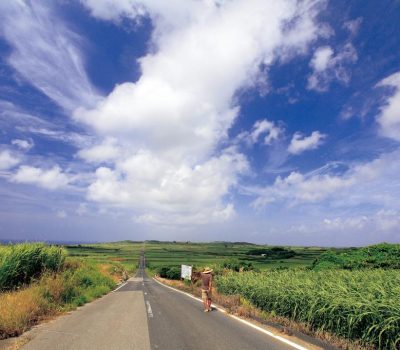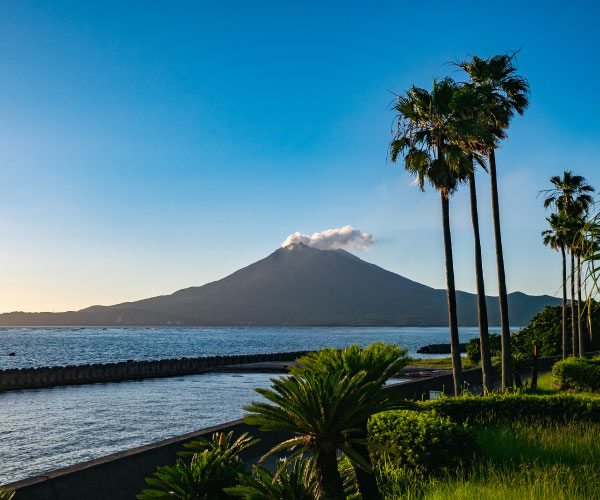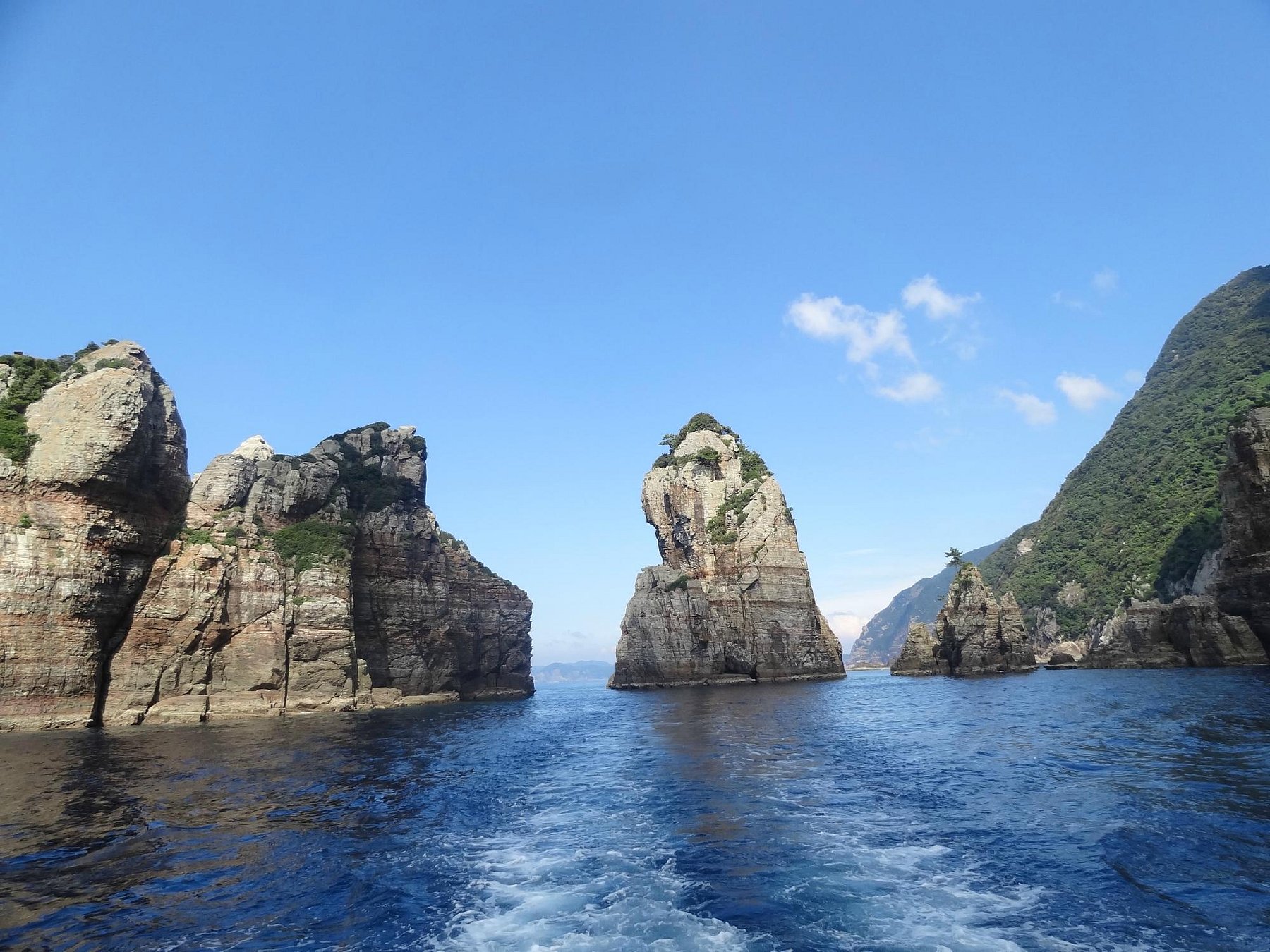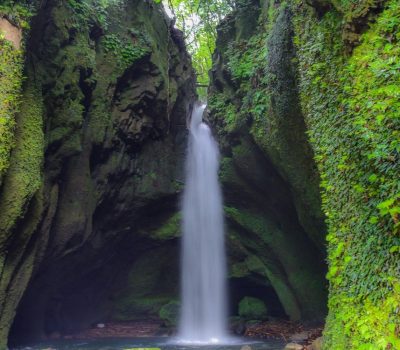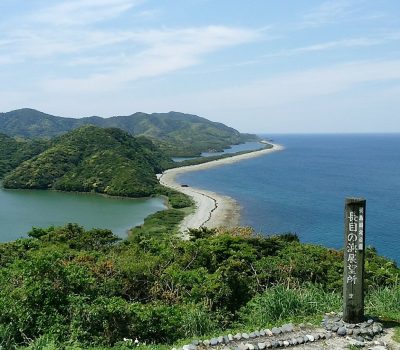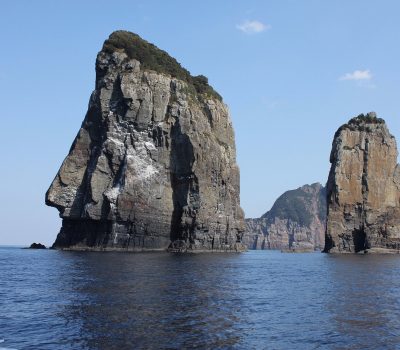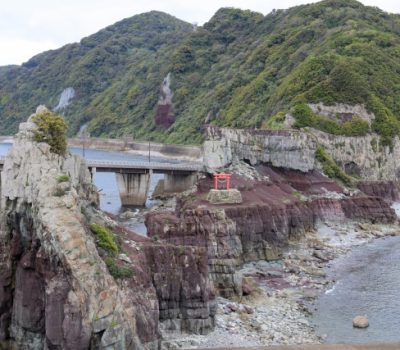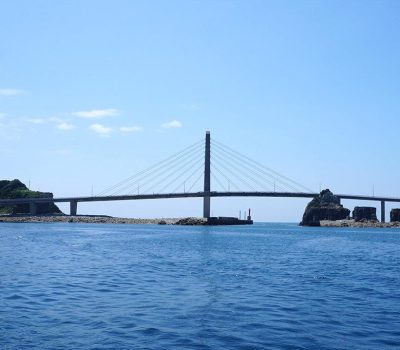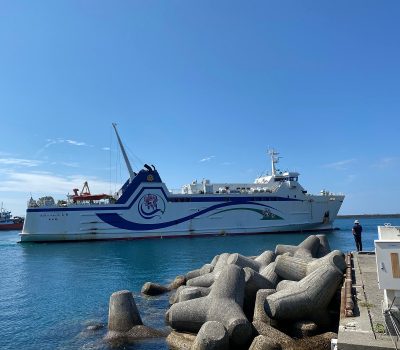Sakurajima
Sakurajima is one of Japan’s most active volcanoes, standing at 1,117 m and spanning approximately 80 km². Once an island, it became attached to the Ōsumi Peninsula following a massive eruption in 1914. Located just 4 km across Kagoshima Bay, the volcano features three peaks—North, Central, and the most active South Peak.
Volcano & History
Erupts daily with gentle plumes of smoke and ash; occasional larger explosions occur.
The 1914 eruption was monumental, releasing about 10 billion tons of lava which closed the channel and merged the island to the mainland.
Despite being one of the world’s most dynamic volcanoes, around 4,500 residents live safely on its slopes under robust monitoring systems.
Activities & Sightseeing
Nagisa Lava Trail: A 3 km path through centuries-old lava fields, now lush with pioneer vegetation.
Yunohira Observatory: At 373 m elevation, offering dramatic panoramic views of the peaks and Kagoshima city.
Visitor Center: Provides interactive exhibits on eruption history, geology, agriculture, and disaster preparedness.
Hot Spring Footbath: In Nagisa Park, a free 100 m foot bath filled with reddish-brown volcanic spring water.
Magma Onsen: Glass-walled bathhouses overlook the bay and volcano—ideal for sunset soaks.
Kurokami Buried Torii: A shrine gate buried by ash in 1914 serves as a powerful memory of volcanic force.
Tsukiyomi Shrine: A serene 8th-century shrine with pine groves and excellent volcanic views.
Dinosaur Park: A family-friendly zone with life-size statues and cherry blossoms—great for kids.
Outdoor Experiences
E‑bike and bike rentals: Circle scenic coastal roads and lava plains with eco-friendly transport.
Kayaking & SUP: Explore the bay’s western coast for unique views of Sakurajima from the water.
Island View Bus: A hop-on, hop-off bus links major attractions—perfect for a leisurely day trip.
Access & Transport
Ferry: Operates 24/7, running every 10–20 minutes; the trip takes ~15 minutes. Cars, bikes, and pedestrians are welcome.
By car/bus: Once on the peninsula, rent a car or hop on local buses; passes are available.
Bicycle: Station rentals near the terminal and Visitor Center make exploration easy.
Local Flavors
Sakurajima Daikon: The world’s largest radish, grown in mineral-rich volcanic soil.
Komikan Mandarin: Small, ultra-sweet oranges used in desserts and soft-serve ice cream.
Ferry Udon & Komikan Soft-serve: Enjoy local treats onboard or at island stalls.
Culture & Community
Living with an active volcano: The island’s residents wear helmets in school, and evacuation drills are routine.
Annual Events: The Sakurajima Marathon and volcanic art workshops celebrate the island’s unique spirit.
